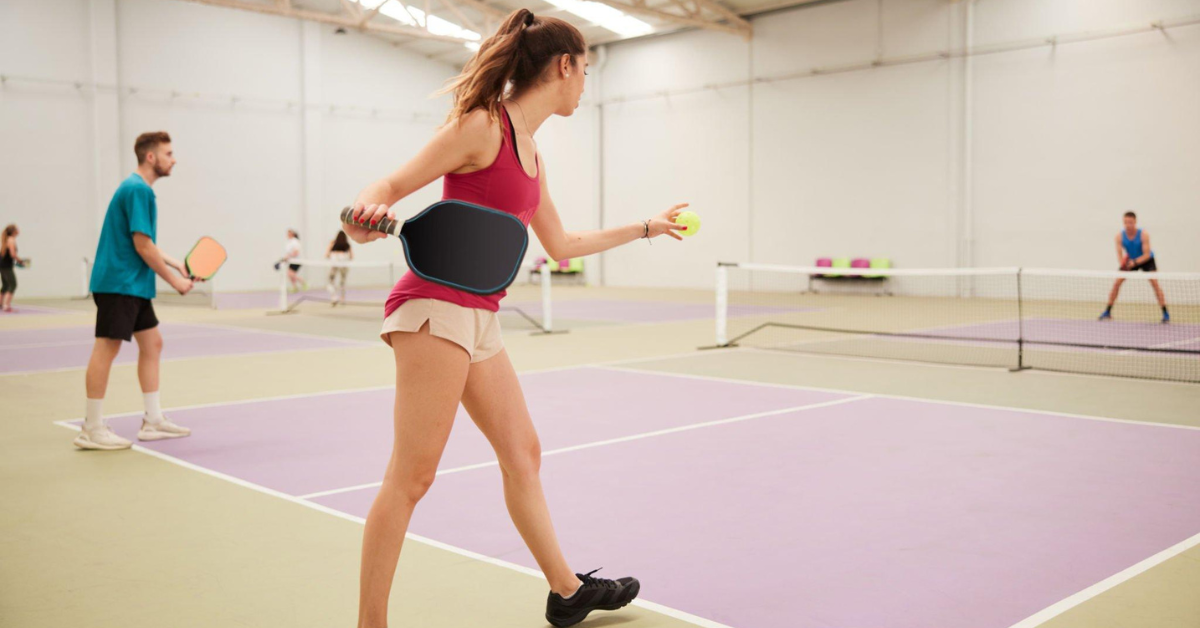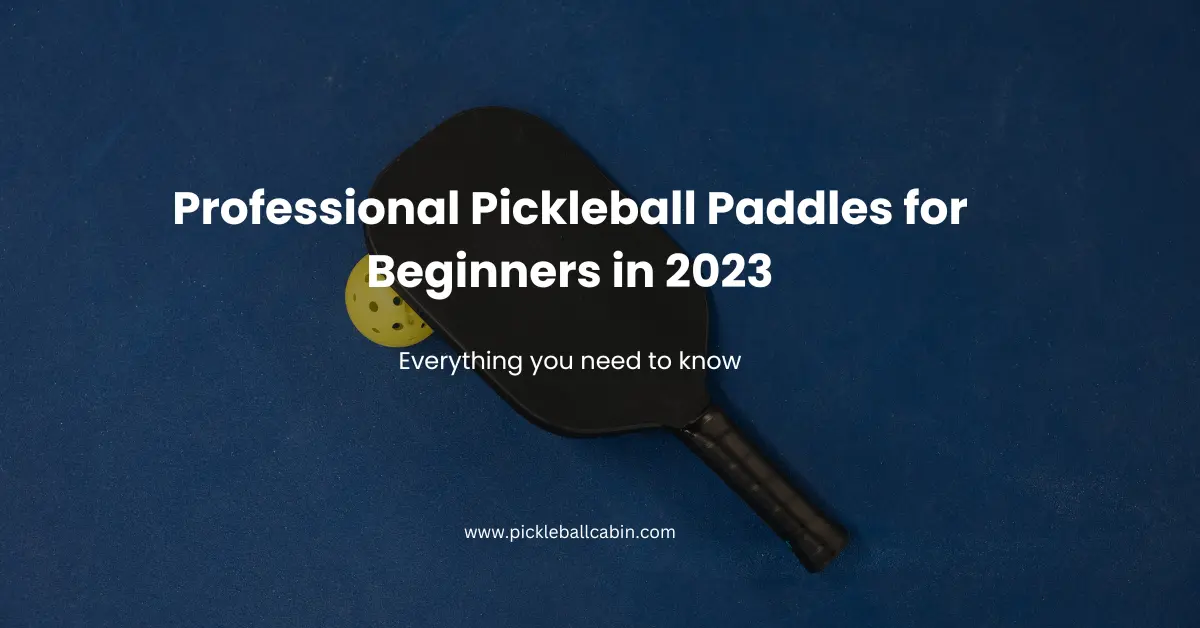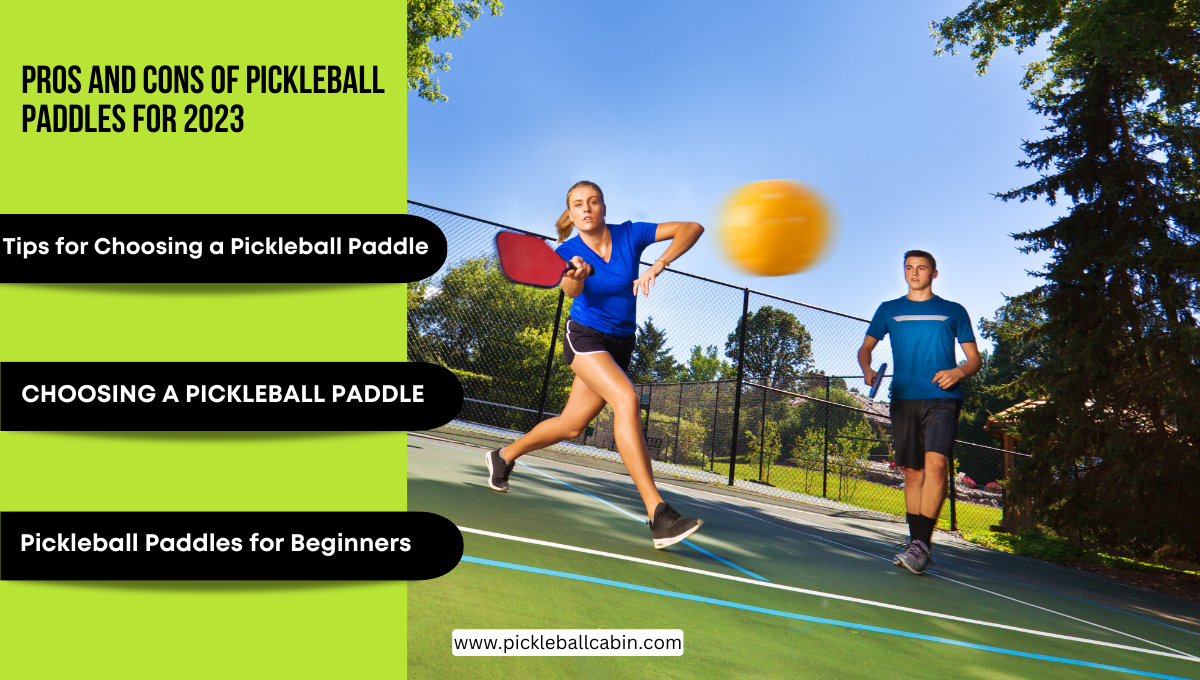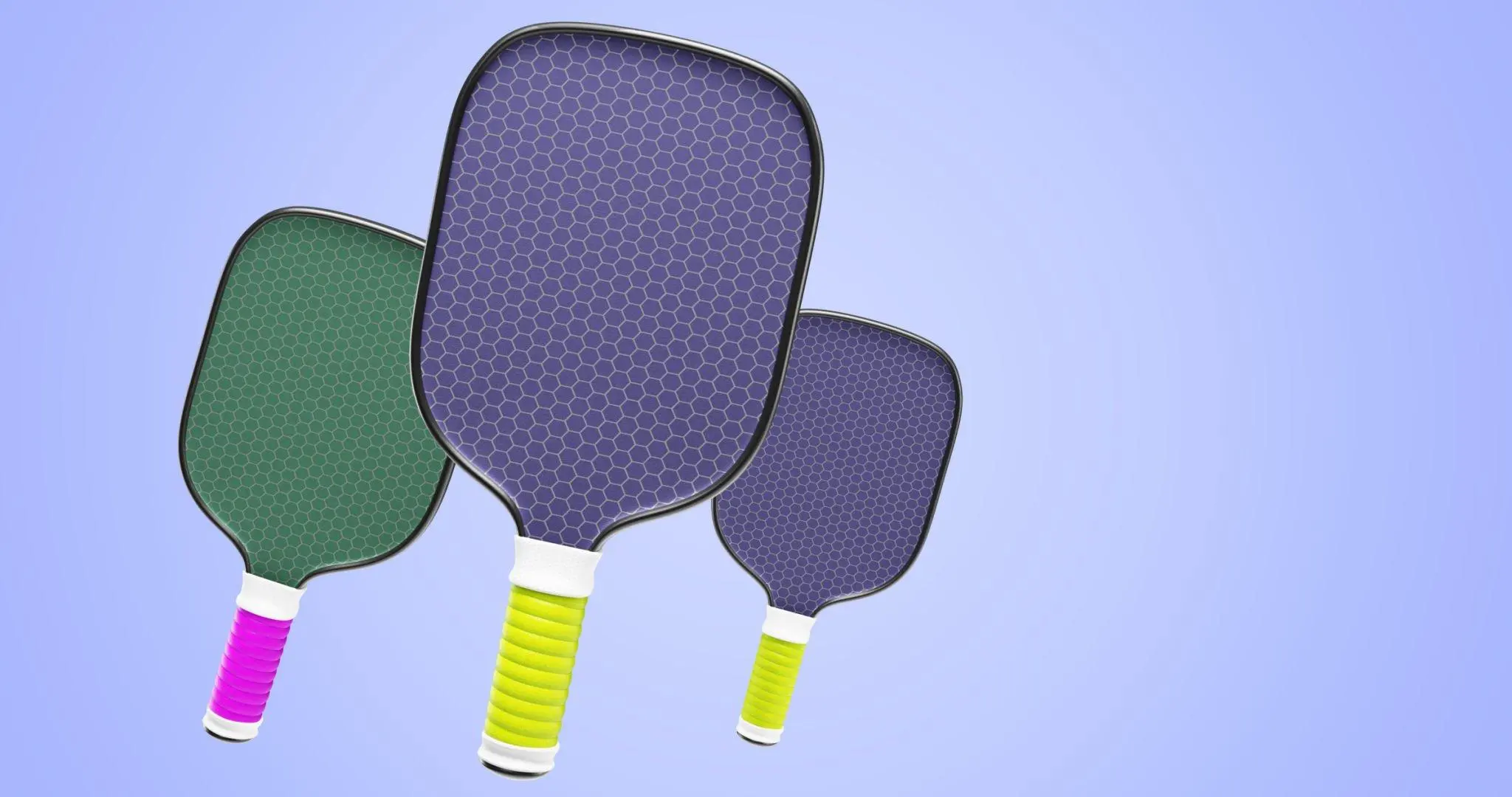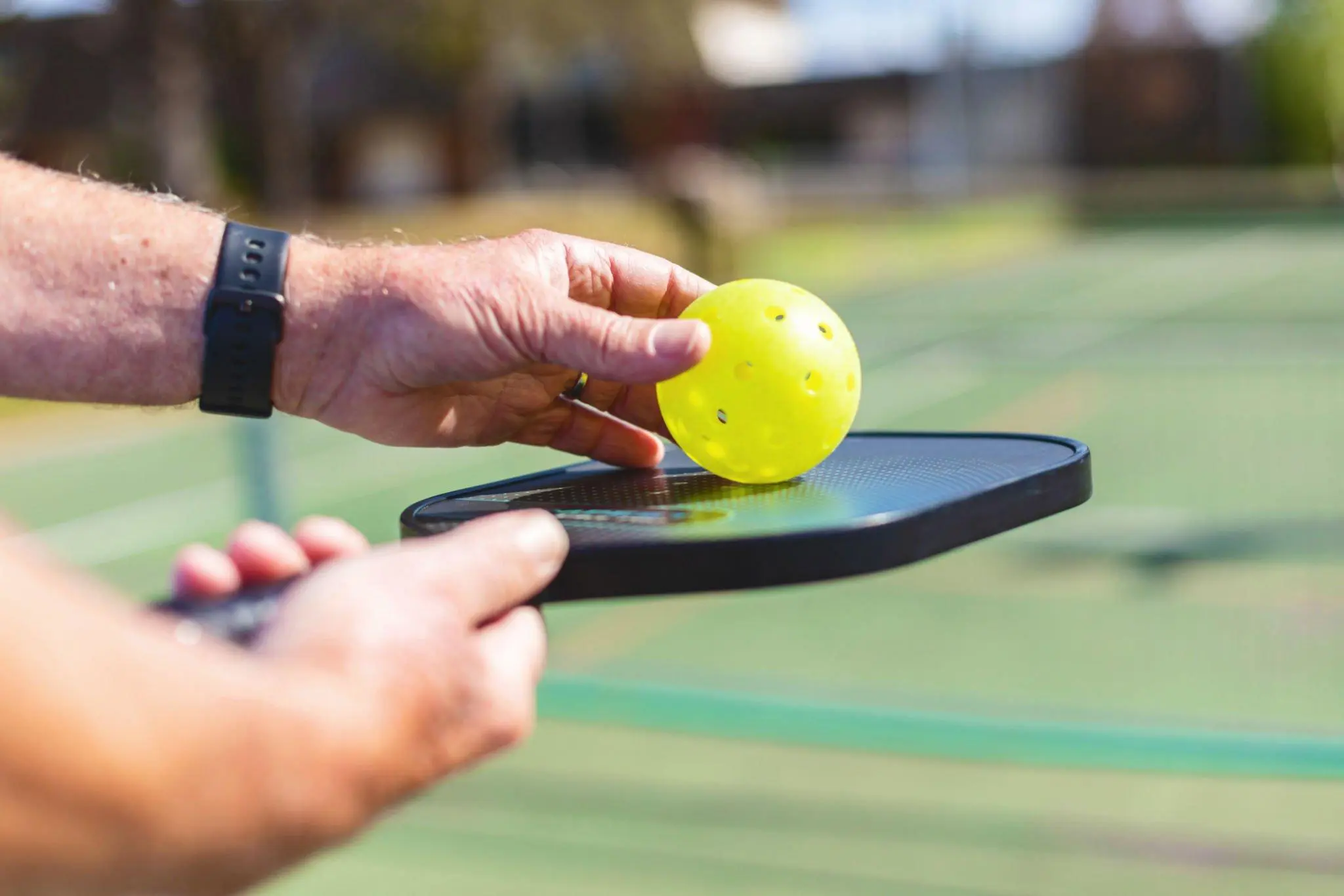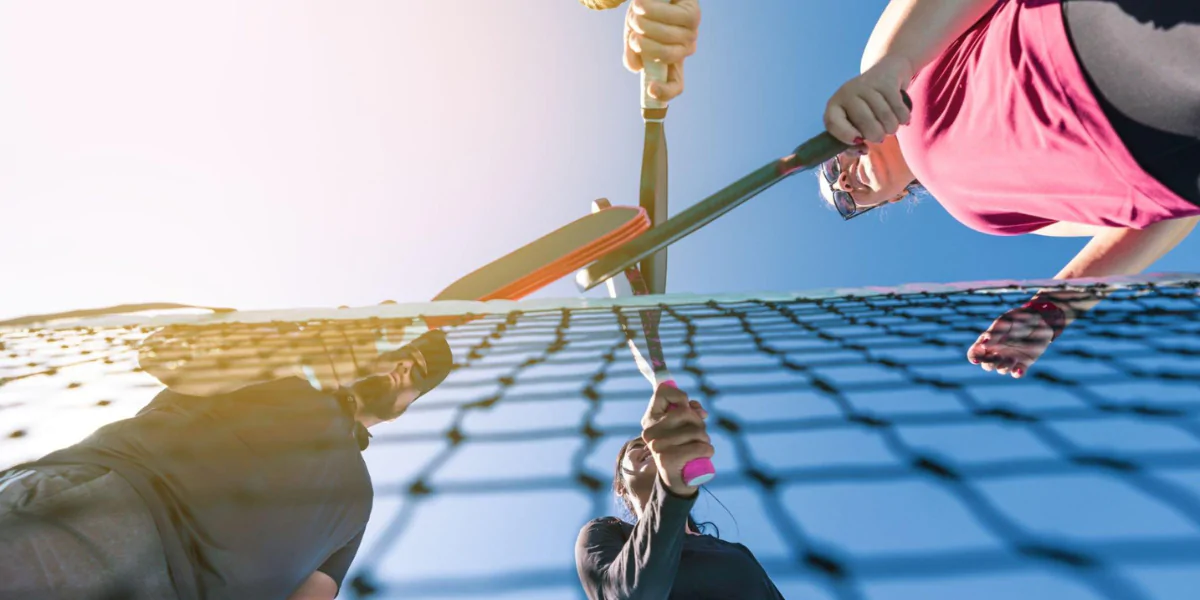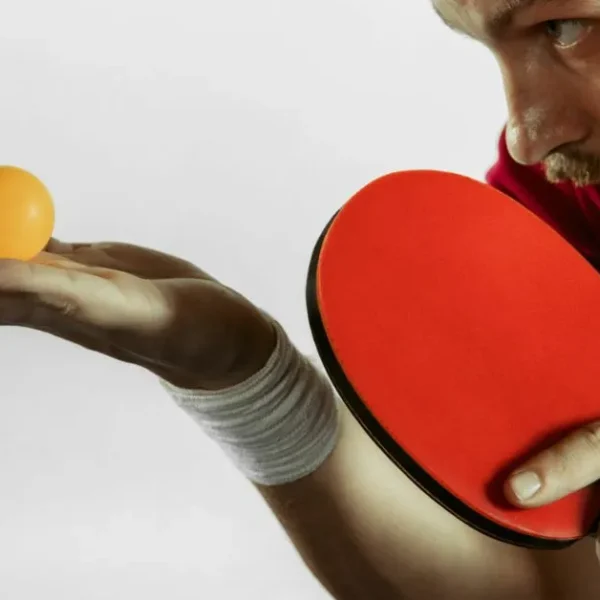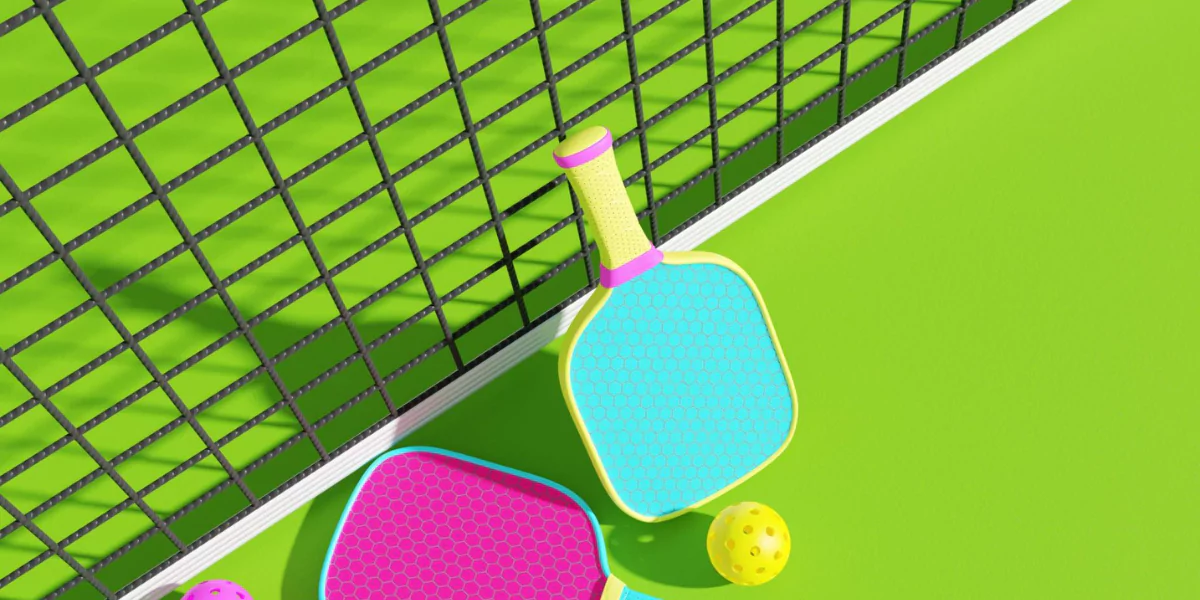Introduction
Pickleball has gained immense popularity in recent years, attracting players of all ages and skill levels. As pickleball enthusiasts, we understand the importance of taking care of our equipment, especially our pickleball paddles. Proper care and maintenance not only extend the lifespan of the paddles but also ensure optimal performance on the court.
In this comprehensive guide, we will walk you through the essential steps for pickleball paddle care and maintenance, covering everything from cleaning and storage to grip replacement and common troubleshooting tips. So let’s dive in and learn how to keep your pickleball paddles in top shape!
Pickleball Paddle Care and Maintenance: A Priority for Every Player
As a pickleball player, you invest time and money in finding the perfect pickleball paddle that suits your style of play. To maximize the longevity and performance of your paddle, it’s crucial to prioritize its care and maintenance. Whether you’re a beginner or a seasoned pro, following these care guidelines will help you get the most out of your pickleball equipment.
Cleaning Your Pickleball Paddle
One of the fundamental aspects of pickleball paddle care is keeping it clean. Regular cleaning removes dirt, sweat, and debris that can accumulate on the paddle’s surface during play. Here’s a step-by-step guide to effectively clean your pickleball paddle:
- Start by preparing a solution of mild soap and warm water.
- Dip a clean, soft cloth or sponge into the soapy water and gently wipe the paddle’s face, handle, and edge.
- Pay close attention to any areas with visible dirt or stains.
- Rinse the paddle with clean water to remove any soap residue.
- Use a dry cloth to pat the paddle dry, removing excess moisture.
- Allow the paddle to air dry completely before storing or using it again.
Proper cleaning not only maintains the appearance of your paddle but also prevents the build-up of grime that can affect its performance.
Storing Your Pickleball Paddle
When you’re not using your pickleball paddle, proper storage is crucial to preserve its quality. Here are some key points to keep in mind:
- Always store your paddle in a cool, dry place away from direct sunlight or extreme temperatures.
- Avoid leaving your paddle in the trunk of your car for extended periods, as heat and moisture can damage the paddle’s materials.
- Consider investing in a protective cover or case to shield your paddle from dust, moisture, and accidental impacts.
- Store your paddle away from other objects that could potentially scratch or damage its surface.
By following these storage guidelines, you can prevent unnecessary wear and tear and ensure that your paddle is always ready for your next pickleball match.
Replacing the Grip on Your Pickleball Paddle
Over time, the grip on your pickleball paddle may become worn out or lose its tackiness. A worn grip can affect your ability to maintain a secure hold on the paddle and may compromise your performance. Luckily, replacing the grip on your pickleball paddle is a straightforward process. Here’s how you can do it:
- Start by removing the old grip from the handle. Use a utility knife or grip remover tool to carefully cut or peel away the old grip.
- Clean the handle with a damp cloth to remove any adhesive residue or dirt.
- Prepare the new grip by unrolling it and aligning it with the handle of the paddle.
- Slowly wrap the new grip around the handle, ensuring a tight and even application.
- Secure the end of the grip with grip tape or adhesive, following the manufacturer’s instructions.
- Allow the grip to set and dry completely before using the paddle.
By replacing the grip when necessary, you can maintain a comfortable and secure hold on your paddle, enhancing your overall performance and control.
Troubleshooting Common Pickleball Paddle Issues
Even with proper care and maintenance, pickleball paddles may encounter certain issues that require troubleshooting. Let’s address some common problems players may face and provide solutions to resolve them:
1. Delamination of the Paddle Face
If you notice the layers of your paddle face separating or peeling, it’s a sign of delamination. This issue can occur due to excessive moisture or impacts. Unfortunately, delamination is irreversible, and the paddle will need to be replaced. To prevent delamination, always store your paddle in a dry environment and avoid exposing it to water for extended periods.
2. Loose Edge Guard
The edge guard is an important component that protects the paddle’s edge from damage. If you find your edge guard becoming loose, you can fix it by applying adhesive specifically designed for pickleball paddles. Carefully apply the adhesive to the loose area, press it firmly, and allow it to dry as per the instructions provided by the manufacturer.
3. Squeaking or Rattling Sounds
If you hear squeaking or rattling sounds coming from your paddle during play, it’s often an indication of loose or worn internal components. In such cases, it’s recommended to contact the paddle manufacturer or a professional paddle technician for further inspection and repair.
4. Cracked Paddle Face
Cracks in the paddle face can occur due to accidental impacts or excessive force. Unfortunately, cracks compromise the integrity and performance of the paddle, making it unsafe to use. If you notice any cracks, it’s best to retire the paddle and invest in a new one.
5. Loss of Pop or Power
Over time, the paddle face can lose its “pop” or power due to wear. While this is a natural occurrence, it’s essential to recognize when your paddle is no longer performing at its best. If you experience a significant loss of power or notice a considerable decrease in performance, it may be time to upgrade to a new paddle.
Conclusion
In conclusion, taking proper care of your pickleball paddles is essential for maintaining their performance and prolonging their lifespan. By following the guidelines outlined in this article, including regular cleaning, appropriate storage, grip replacement when necessary, and addressing common issues promptly, you can ensure that your pickleball paddles remain in top shape.
Frequently Asked Questions (FAQs)
Q: How often should I clean my pickleball paddle?
A: It’s recommended to clean your pickleball paddle after every play session or at least once a week if you play regularly. Regular cleaning prevents the build-up of dirt and grime, maintaining the paddle’s performance.
Q: Can I use harsh chemicals or abrasive cleaners to clean my paddle?
A: No, it’s best to avoid using harsh chemicals or abrasive cleaners as they can damage the paddle’s surface. Stick to mild soap and water for effective and safe cleaning.
Q: How long does a pickleball paddle grip last?
A: The lifespan of a pickleball paddle grip varies depending on usage and maintenance. On average, a grip can last anywhere from a few months to a year. It’s important to monitor the condition of the grip and replace it when it becomes worn or loses its tackiness.
Q: Can I repair a cracked paddle face?
A: Unfortunately, cracked paddle faces cannot be repaired. Cracks compromise the structural integrity of the paddle, making it unsafe for play. It’s best to replace the paddle to ensure your safety and optimal performance.
Q: What is the best way to store my pickleball paddle during the off-season?
A: During the off-season or extended periods of non-use, it’s best to store your pickleball paddle in a protective cover
What can I use to clean my pickleball paddle?
A damp cloth is usually enough. Avoid using harsh chemicals that could damage your paddle.
How can I fix a dent in my paddle?
Minor dents can be fixed with light sanding or a repair kit. Always check the manufacturer’s instructions before attempting any repairs.
When should I replace my paddle?
Major cracks, warping, or loss of ‘pop’ are signs it’s time for a new paddle.
